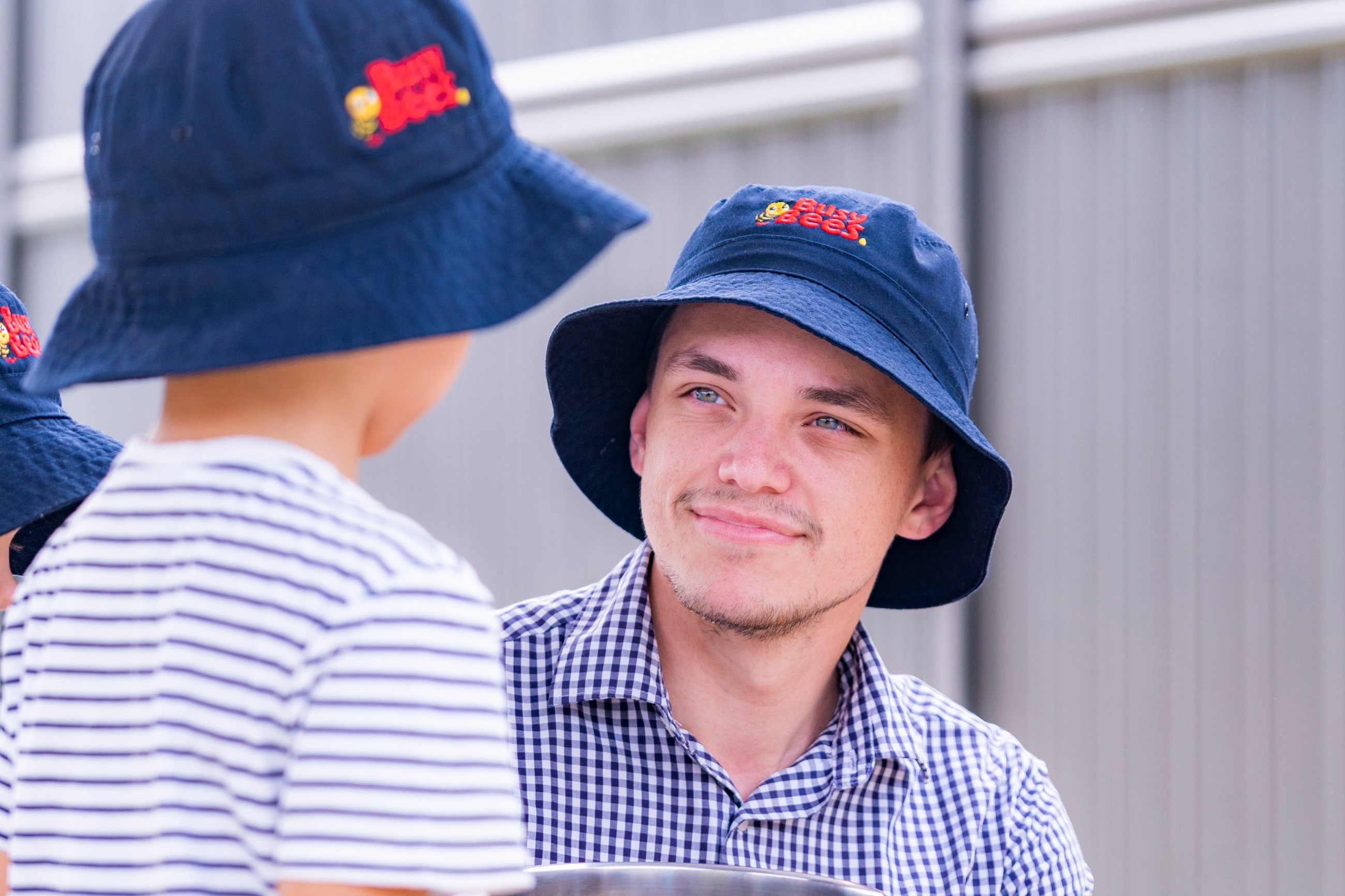
Being in tune with children’s needs requires a lot of patience and communication. Yet in an attempt to calm a child as quickly as possible, you might focus on the behaviour, and not what’s causing it. Instead of asking a child “what’s wrong with you?” it is more helpful to say “help me understand what happened.”
This type of language creates a safety net for the child where they can share their thoughts and feelings. It strays away from unhelpful language such as wrong, and lets children know that they aren’t being accused of something, so they feel more comfortable talking about what has upset them.
The following phrases can help teach children how to express themselves, and help prevent meltdowns.
1. “I can see that you are upset. You are allowed to feel that way. I’m here when you’re ready to talk.”
Why it works: Letting the child know that you see them—that it’s okay to have feelings and that you’re there for them—helps them feel safe. And having that safety gets them out of melting down and into communicating.
2. “I would feel [insert emotion] if that happened to me, too.”
Why it works: Validating children’s feelings is important in order for them to feel comfortable expressing themselves. When children know that someone isn’t going to tell them to feel differently or that their feelings are wrong, they’ll seek out that kind of comfort more often
3. “I see that you had a hard time with [x], what can we do to make it easier next time?”
Why it works: Encouraging children to come up with their own strategies for dealing with frustration empowers them to solve their own problems and ask for help if they need it. It allows children to practice identifying the feeling, then say “what do I need to do to make this better?” and if they are unable to do that, then you are able to guide and give them assistance.”Your words help me understand you better.”
4. “Your words help me understand you better.”
Why it works: Children learn to verbalise their feelings better, so they can be heard and understood. This is important for helping children understand their feelings are okay, but that there are appropriate ways to express them. For example “it’s okay to say that you’re angry, but we don’t hit our friends”
5. “It seems like you’re having a hard time finding the words to explain what you’re feeling. Is there another way that you can show me what’s going on?”
Why it works: Children don’t always have to “use their words” to be understood, and listening isn’t the only tool that adults have to understand children’s needs. If a child is having trouble expressing themselves through words, then creative expression or other appropriate avenues may help them communicate.
6. “I can help you, but I don’t live in your body. What does it feel like? What’s your brain feeling?”
Why it works: This phrase can help teach children about the mind and body connection and can also help you to separate the behaviour from the child—they’re not being bad, they’re trying to communicate about what feels bad.
7. “What colour are you right now?”
Why it works: Children begin to make the mind-body connection, while also linking feelings to colours and developing alternative ways to express tough or confusing emotions.
8. “Let’s take a deep breath. Look in the mirror, wipe your face and straighten your clothes.”
Why it works: This phrase is like a reset button for children, teaching them how to center themselves and move past the episode. It teaches resilience, self care and coping skills.
Deep breathing is a coping mechanism that works across all age groups—taking a deep breath in and a long exhale helps with getting grounded. A sweet way to teach children how to do this is by saying, “Smell the flowers, blow out the candles.”
9. “I’m going to go fishing…tell me if I caught anything!” (guess the feeling)
Why it works: Going “fishing” when a child can’t verbalise what they’re feeling helps both you and them narrow it down. Eventually, you will “catch” the feeling that the child has, or sometimes just having the conversation helps children figure out what they need. At the very least, they will appreciate your efforts at valuing their feelings and trying to help them express them.
None of these phrases and strategies are one-time fixes, but they can all be part of an ongoing conversation. Give children the space to provide answers and solutions themselves, and they’ll grow to understand how to express their feelings and emotions—even the tough ones.
